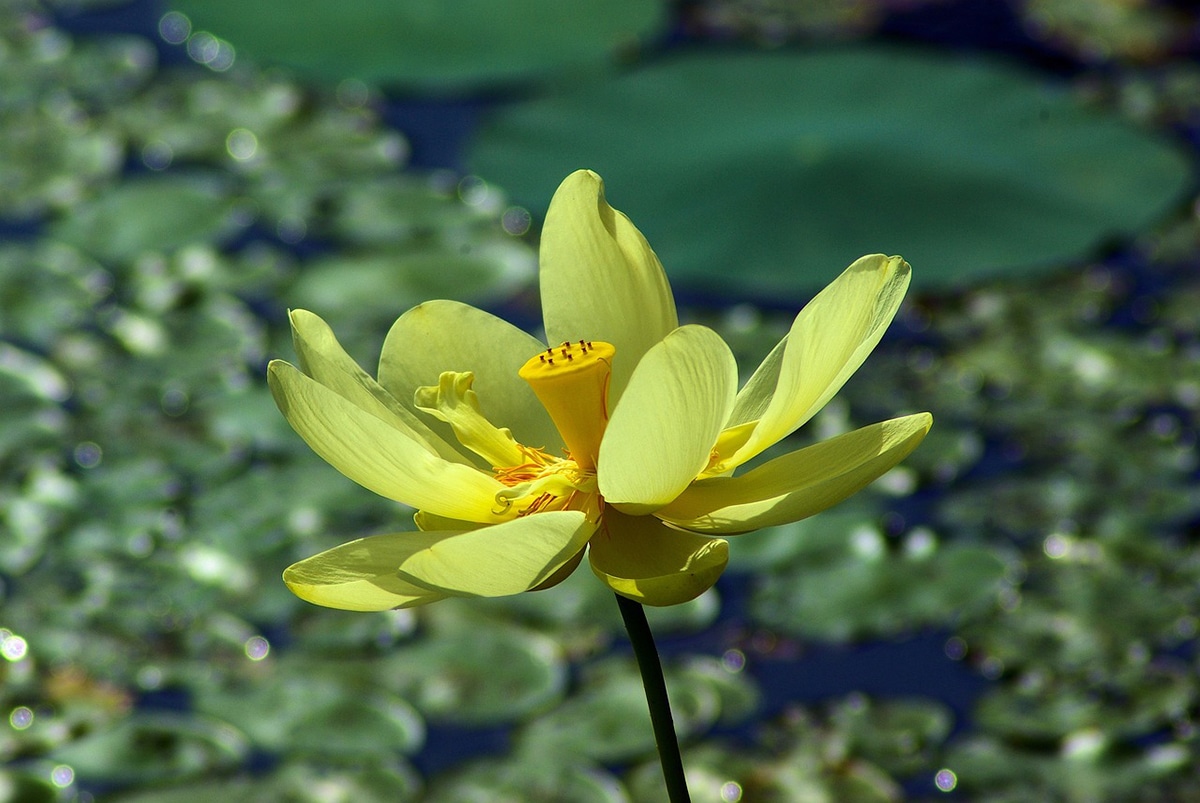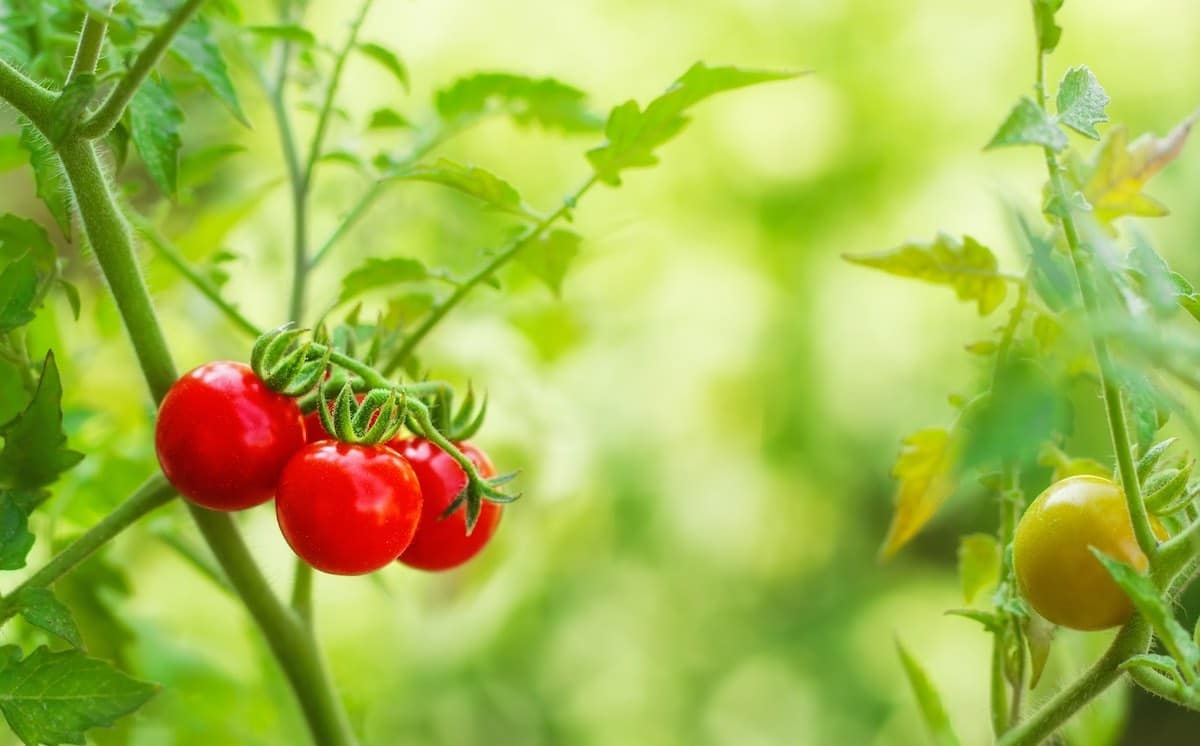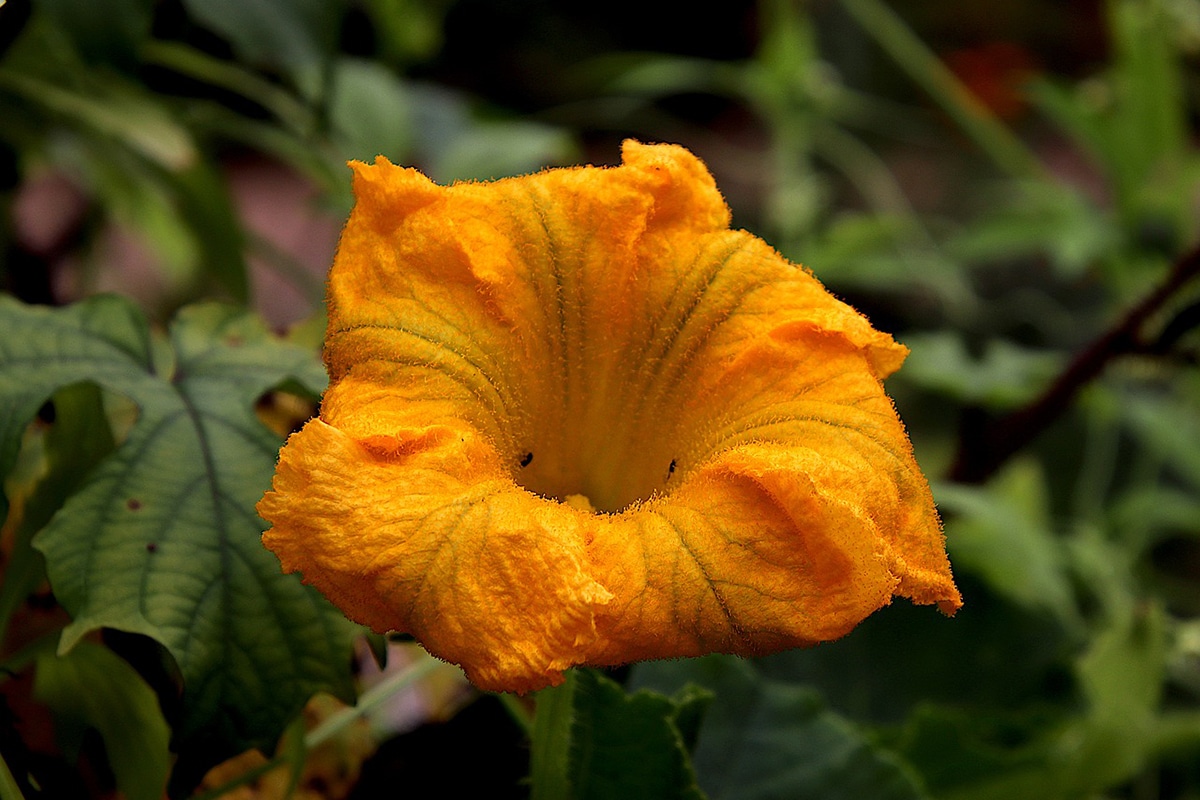
The hermaphroditic flower is an important feature in many plant species. and has been the subject of study by botanists, biologists and ecologists for centuries. These flowers are an important adaptation that has allowed many plant species to survive and thrive in different environments, including those where the availability of pollen partners is limited. This feature also enables them to save energy and resources that would otherwise be used for pollen production and pollen mate search.
In this article we will explore the characteristics of the hermaphrodite flower, its morphology, its role in plant reproduction and how this adaptation has allowed many species to survive and thrive over the centuries. In addition, we will also talk about some examples of species that possess this characteristic. If you want to know more about this type of plants, I recommend that you continue reading.
What is a hermaphrodite flower?

A hermaphrodite flower is a flower that has both reproductive organs, male and female, in the same individual. In other words: a hermaphrodite flower is capable of self-fertilization and produce seeds without the need for pollination by other flowers.
This adaptation allows them ensure the production of seeds and the survival of the species even when there are no other individuals nearby for them to interbreed with. It can also be a strategy to save energy and resources, since it does not require the production of large amounts of pollen or the search for pollen partners.
In nature, many plants are hermaphrodites including some species of trees, shrubs, herbs and cacti. There are also many species of cultivated plants that are hermaphrodites, such as squash, watermelon, and some types of tomato. Although not very common, some species of orchids and lilies can also be hermaphrodites. Later we will talk about some examples.
Characteristics of the hermaphrodite flower
The characteristics of a hermaphrodite flower vary depending on the species but in general, the following are the most common:
- Both reproductive organs: A hermaphrodite flower has both stamens (male organs) and pistils (female organs) in the same individual. This allows you to self-fertilize.
- Self-fertilization capacity: One of the main characteristics of a hermaphrodite flower is its ability to self-fertilize and produce seeds without the need for pollination by other flowers.
- Energy and resource savings: By not requiring the production of large amounts of pollen or the search for pollen partners, a hermaphrodite flower saves energy and resources.
- Variable morphology: The morphology of a hermaphrodite flower can vary depending on the species. However, they generally look similar to other flowers of the same species.
- Adaptation to adverse conditions: Many hermaphroditic plant species have adapted to adverse conditions, such as the lack of pollen partners or the scarcity of resources. Thus they guarantee the production of seeds and the survival of the species.
It's important to know that the presence of a hermaphrodite flower does not guarantee self-fertilization, since some species may require external stimulation to release pollen. Furthermore, the presence of male and female organs in the same flower does not mean that the entire plant is a hermaphrodite. Many species have individuals with male and female flowers on different plants.
Hermaphrodite Flower: Examples

There is no exact number of hermaphroditic flower species, as this is a broad biological category that encompasses many different plant species. It is estimated that there are thousands of hermaphrodite plant species, including trees, shrubs, grasses, and cacti. The presence of hermaphroditic flowers is an important adaptation in many plant species, as it allows them to ensure seed production and the survival of the species even when there are no other individuals nearby with which they can interbreed.
It's important to know that not all plant species are hermaphrodites, and that many species have male and female flowers on different individuals. But let's go now to what really interests us: The most popular examples of hermaphrodite flowers.
the tomato plant
The tomato is a hermaphrodite plant that produces small flowers with stamens and pistils on the same individual. These flowers are essential for the production of tomato fruits, since they are in charge of fertilization and seed production. They have a pale green color and a tubular shape. The stamens are located in the center of the flower and have anthers that contain pollen. On the other hand, the pistils are located at the top of the flower and have a stigma that collects pollen from the stamens.

For a tomato flower to be fertile, pollen must be transferred from the stamen to the stigma. This process can be accomplished by insect or wind pollination, or by hand pollination by farmers. After pollination, the tomato flower develops into a tomato fruit and begins to grow to its adult size. The presence of hermaphroditic flowers is essential for tomato production, and farmers work to ensure that there are adequate numbers of flowers on their crops.
the pumpkin plant

Another common vegetable in gardens is pumpkin, also with hermaphroditic flowers. These are usually large and showy with stamens and pistils in the same individual. They have a bright yellow color and a bell-shaped shape. The stamens are located in the center of the flower and have anthers that contain pollen. Instead, the pistils are at the top of the flower and have a stigma that collects pollen from the stamens.
As with the tomato, pollen must be transferred from the stamen to the stigma for a squash flower to be fertile. For this to happen, pollination must be carried out by wind, insects or manually by farmers. After this process, the squash blossom becomes a fruit and begins to grow to its adult size.
Importantly some pumpkin varieties are self-incompatible, which means they need to be pollinated by flowers of a different variety in order to produce fruit. For this reason, farmers often grow different varieties of pumpkins in the same patch to ensure adequate fruit production.
The lily
Lilies are a popular garden crop for their beauty and scent. Furthermore, they are used to produce a wide variety of products. Its flowers, also hermaphrodites, are large and showy. They have an elegant, bell-shaped shape, with petals of different colors ranging from white to dark red. The stamens are located in the center of the flower and have anthers that contain pollen. The pistils are located at the top of the flower and have a stigma that collects pollen from the stamens.
Pollination is done by insects, such as bees and butterflies, which feed on the nectar of flowers and carry pollen from one flower to another. This process is essential for seed production and for the growth of new lilies.
They are very versatile plants and can be grown in different climates and soils. There are many different varieties of lilies, each with its own characteristics and flower colors. In addition, lily flowers can be used for decoration, in floral arrangements, and in the production of perfumes and cosmetic products.
The orchid
Finally we have to highlight the Orchids. These are a diverse group of hermaphroditic plants that produce variegated and showy flowers. with stamens and pistils in the same individual. These vegetables are a popular garden crop and are used to produce a wide variety of products. They have hermaphroditic flowers that can be solitary or grouped in clusters. These flowers have a complex structure that includes both stamens and pistils.

Orchid stamens are long and located in the center of the flower, while the pistils are shorter and located at the top of the flower. Pollination of these plants is done by insects. They ingest nectar and carry pollen from one flower to another.
Orchids are native to tropical and subtropical regions around the world, and there are more than 20,000 different species and varieties. Each species of orchid has unique flowers with specific shapes and colors, ranging from pure white to bright red, passing through different shades of yellow, pink and purple.
In addition to her beauty, orchids are important to the cosmetics and perfumery industry, since its flowers are used to make products such as lotions, perfumes and creams. They are also popular as houseplants and are grown around the world for their beauty and scent.
In summary, hermaphroditic flowers are important for the survival of plant species with this characteristic and can be an advantage in adverse conditions, such as a dry climate or an environment with few pollinators. In addition, they are very advantageous for farmers.